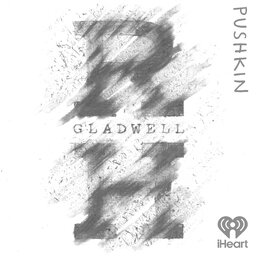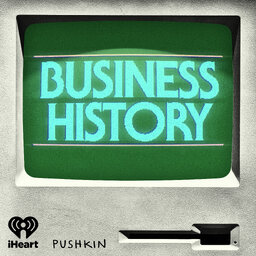Exploring Life-Saving AI Tech with T-Mobile for Business
How is 5G powering the use of AI to revolutionize life-saving solutions? Malcolm sits with T-Mobile for Business CMO Mo Katibeh, 3AM Innovations COO Ryan Litt, and the University of Miami Miller School of Medicine's Dr. Azizi Seixas to find out in this special episode of Revisionist History. Brought to you in partnership with T-Mobile for Business, and recorded live from the Mobile World Congress in Las Vegas.
 Revisionist History
Revisionist History


